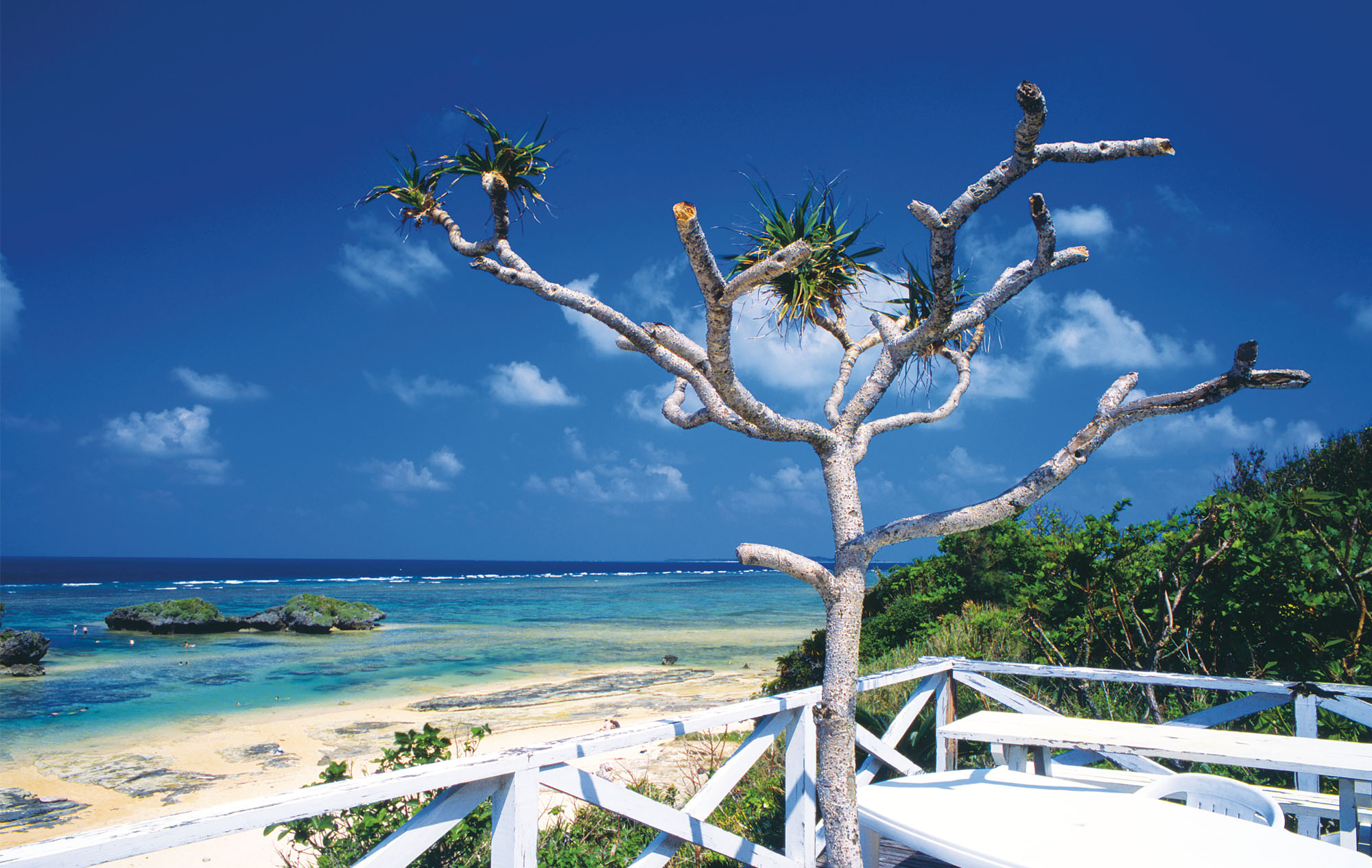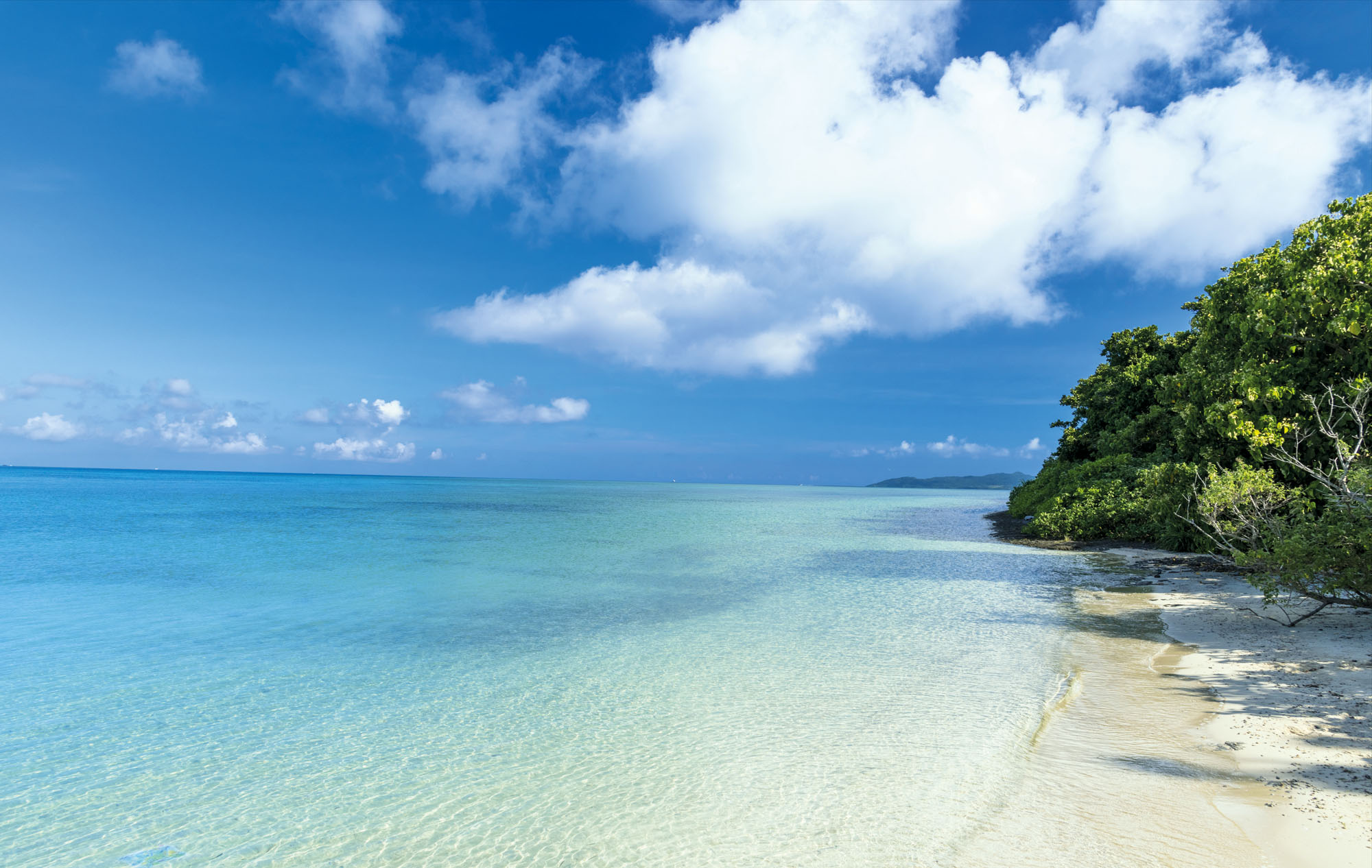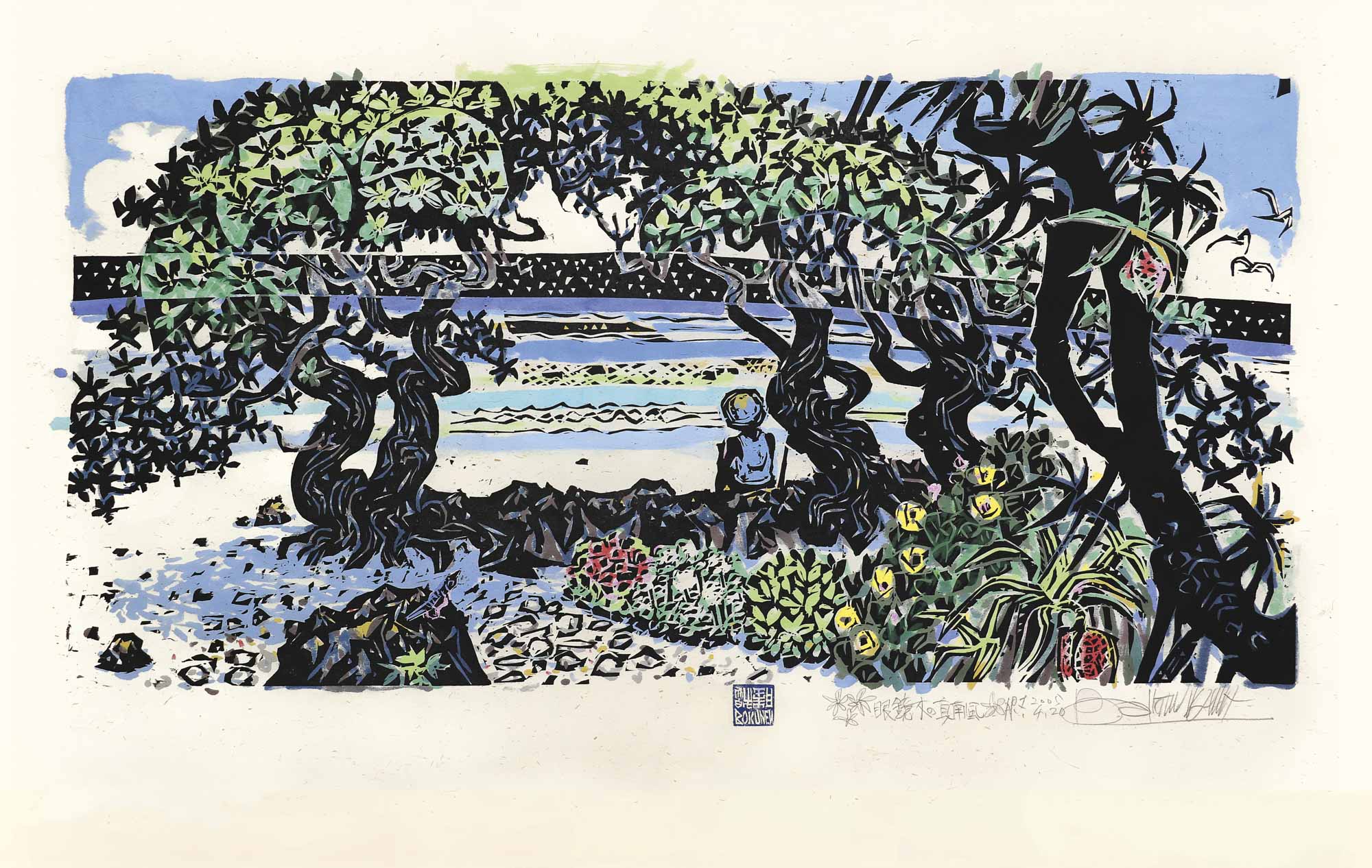It’s the antithesis of Tokyo. Forget packed crossings, neon towers and 24-hour entertainment; instead picture white sand beaches, tiny coral islands, dense rainforests and a deliciously slow-paced tempo.
Welcome to Okinawa. The sun-kissed archipelago – a necklace trail of more than 100 subtropical islands – has long savoured being utterly different from the rest of Japan.
There is its unusual cuisine (mouth-popping umi budo, a seaweed also known as ‘green caviar’, is a highlight); its distinct culture (the high-pitched strains of traditional music are impossible to avoid); and its healthy lifestyle (Okinawa is home to the nation’s highest concentration of centenarians).
Here’s a selection of the very best Okinawa experiences to add to your itinerary.

THE FRUIT: Pineapple
It’s all about pineapples in Okinawa. Lovers of the spiky tropical fruit shouldn’t miss Pineapple House – a theme park-style celebration of all things pineapple, including Japan’s first pineapple winery. It’s a short drive from Naha, the capital of the main island Okinawa Honto – and with its giant pineapple statue in the front, impossible to miss.

THE MARKET: Makishi
For a lively taste – quite literally – of local life, it’s worth getting lost in Naha city’s main public market Makishi, which is surrounded by local food stalls, from tropical fruits and turmeric tea to umi budo and countless pork cuts (a key Okinawan ingredient). Centre stage is famously fresh seafood. Buy your fish on the ground floor – and then have it cooked in a restaurant on the first floor.

THE SNACK: Bread
Japan may excel at all things rice – but Okinawa is also undergoing an unexpected bread boom. A string of delicious bakeries have cropped up on the main island in recent years. Some of the best artisan breads can be found at tiny Suien, run by a husband and wife team (plus resident donkey) in Yomitan, a pottery village on the main island.
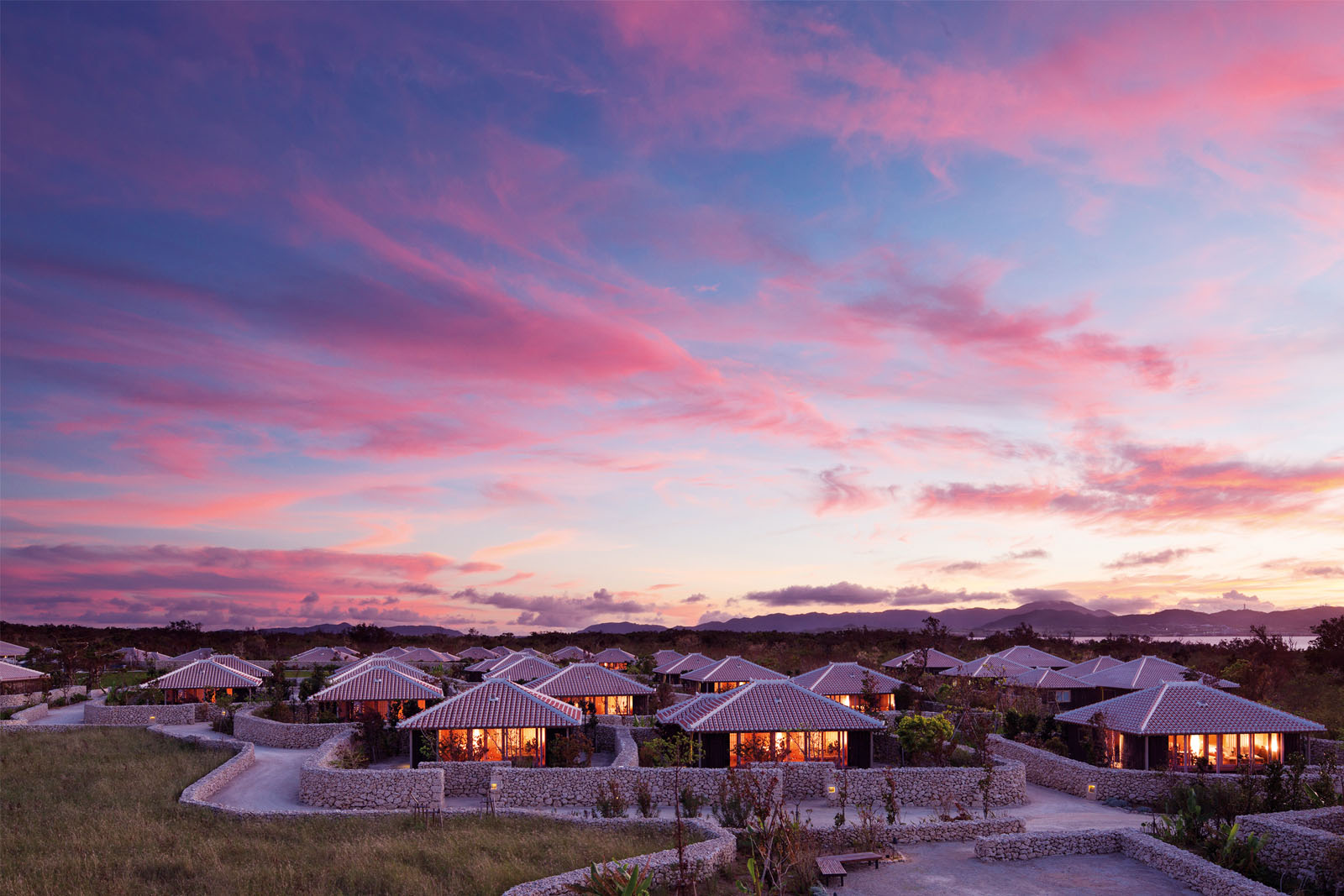
Advertisement

THE ISLAND RETREAT: Hoshinoya Taketomi
For a taste of island paradise (plus a healthy dollop of luxury), head to Hoshinoya Taketomi, one of Okinawa’s most stylish hotels on a tiny island in the far-flung Yaeyama archipelago. A contemporary take on a traditional Okinawan village, it’s home to an elegant network of stone walls, sandy paths and red-tile-roofed pavillions, with tatami mat flooring and flower gardens.

THE RAINFOREST: Iriomote Island
One place that defies geographical stereotypes is tiny Iriomote Island, part of the Yaeyama chain, a mini Brazilian Amazon. Dense jungle and mangrove swamps cover around 90 per cent of the reef-fringed island, vast swathes of which are a protected national park. Jungle trekking, canyoning and cave exploring are among popular activities.

THE COCKTAIL: Awamori Mojito
If the weather isn’t enough to warm you, then Okinawa’s firewater awamori, made from long grain rice, certainly will. The best place to sample it in style is the bar at The Ritz-Carlton, Okinawa: a serene hilltop retreat north of Naha. Mint-infused awamori mojitos are a highlight (the perfect accompaniment to its awamori foie gras terrine).

THE DIVING: Zamami and Akajima
The best diving spots are the small laidback Kerama Islands of Zamami and neighbouring Akajima (less than an hour on the fastest boat from Naha). The shallow blue waters, tropical coral reefs and techno-bright sea creatures make them among Okinawa’s best places to go below sea level.

THE DESIGN STORE: Garb Domingo
Visit Garb Domingo, a small design boutique with a well-curated selection of Okinawan artisan products. Highlights? Ken Fujimoto’s organically imperfect wooden bowls and Yoshiki Yamada’s turquoise glazed ceramics.
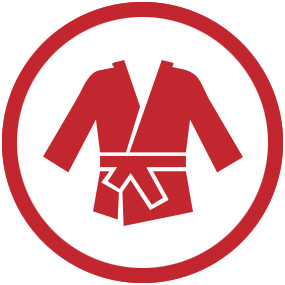
THE MARTIAL ART: Karate
One unusual claim to fame is Okinawa’s status as the birthplace of karate. Those interested in trying their hand at the martial art should head to Okinawa Karate Kaikan, a shiny new complex with a classic training space known as a dojo, which hosts an array of events – including beginner classes for the brave (white uniforms can be rented on site).

THE ARCHITECTURE: Okinawa Prefectural Museum
It’s impossible to miss Okinawa’s distinct architecture, with its red-tiled roofs often adorned with small figures half-dog, half-lion shisa creatures. But it’s also home to some enviably contemporary creations – like the Okinawa Prefectural Museum in Naha, with its sleek white latticed facade. It’s also worth a visit for its contemporary Okinawan art and crafts collections.

THE MUSEUM: Yanbaru Forest Toy Museum
Yanbaru is a wildly forested area to the north of the main island, Okinawa Honto – not only worth visiting for its flora and fauna, but also the Yanbaru Forest Toy Museum (a sister establishment to Tokyo Toy Museum). A large playroom space showcases an array of minimal wood creations for children – from smooth-lined ‘pebbles’ to stacking blocks – many made from timber reclaimed from local typhoon-damaged buildings.

THE LIFE ENHANCER: Urizun
If you want to live longer (and healthier), look at the people of Okinawa – at the last count, there were over 400 centenarians. No doubt the subtropical climate helps, but most credit their longevity to the local diet, rich in vegetables, legumes and ocean-fresh fish. Reap the rewards for yourself with a meal at a local restaurant specialising in Okinawan cuisine. In Naha, try izakaya Urizun, where many of the healthy Okinawan dishes are made with local seafood and vegetables unique to the islands.

Okinawa essentials
● Naha Airport is an easy 30-minute monorail hop from the city centre (naha-airport.co.jp/en/access/monorail.html). Renting a car from the airport is recommended if you want to explore further.
● Spring (March to May) and autumn (September to December) are the best times to visit to ensure warm weather while avoiding the summer rainy season or travel-disrupting typhoons.



